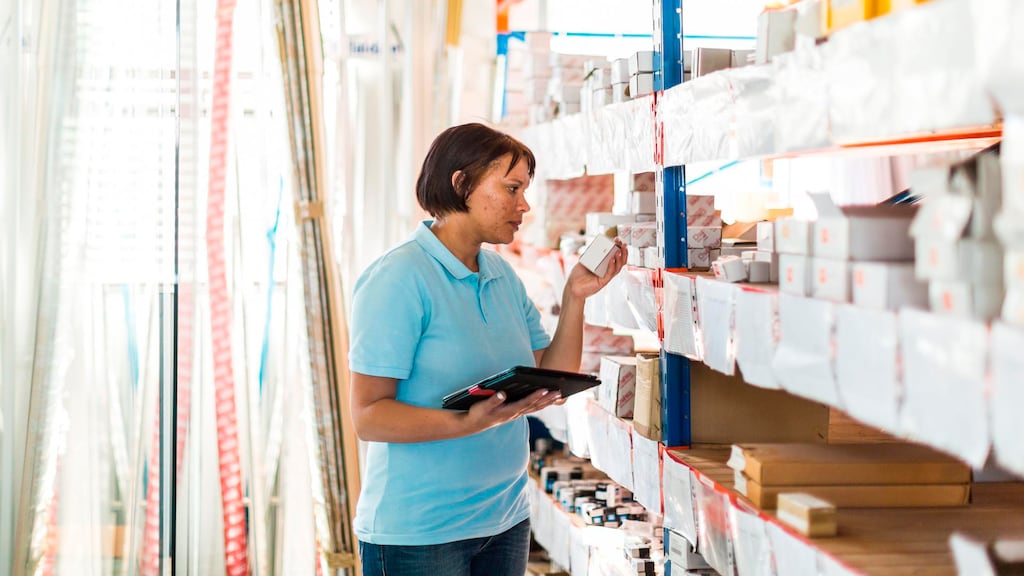As the primary “touchpoint” between your company and its customers, the delivery experience plays a crucial role in overall buyer satisfaction. A positive experience at the point of delivery may also keep your customers coming back for more. This is a crucial “win” in a world where customer lifetime value (CLV)—the total that customers spend on your products during their individual lifetimes—directly impacts a company’s sales, revenues and bottom line.
5 Steps to Take Now
Creating an exceptional delivery experience may be well worth the extra effort in today’s business environment. Here are five ways you can leverage an exceptional delivery experience to protect your brand reputation, increase CLV and keep your customers happy:
- Speed things up. According to Easyship, an average of 6-12% of ecommerce packages are delayed—a number that grows to over 30% during peak periods like the year-end holidays. With 69% of buyers saying they’d be “less likely” to shop in a store again if their purchase wasn’t delivered within two days of the promised delivery date, companies that offer ultrafast shipping may wind up winning the sale again and again. The good news is that you don’t need your own fleet of same-day vehicles and drivers to realize these benefits. You can contract with a courier or a same-day delivery service provider to batch your orders and get them delivered on time, every time.
- Use your company’s size to your advantage. Where larger companies may take months to make decisions and shift strategies, smaller ones are often nimble and agile enough to try new things, experiment with new options and adopt new policies. Use this to your advantage as you seek out new ways to improve the delivery experience. For instance, you might try crowdsourced deliveries for the same-day orders that your customers are willing to pay more for, or enlist a local third-party logistics (3PL) firm to handle some of your fulfillment tasks. This will allow you to focus on more important things, like growing your business.
- Get smart about alternate, sustainable packaging materials and right-sized packages. Today’s eco-conscious consumer does not want to receive an oversized box filled with excess packaging materials for an order of just a few small items. This is not only bad for the environment, but it also forces your customer to have to responsibly dispose of the box and its filler. One way to avoid this unpleasant surprise is by giving warehouse/storeroom employees a wider selection of boxes, flat packs and packaging materials to choose from, knowing that in the heat of the moment they’ll pick what’s most readily available, pack the box and send it out the door.
- Listen to your customers. Don’t try to guess at what your customers want; just ask them. Using a post-transaction online survey tool, for example, you can quickly gauge what they thought about the experience, what they didn’t like and what they’d like to see from your company. Focus a few questions specifically on the delivery experience to find out what they are willing to pay for (e.g., same-day shipping), how long they’re willing to wait for their orders and any delivery or unboxing issues they may have experienced. Use this input to adjust your offerings and come up with new ways to continue meeting your customers’ needs.
- Put your delivery key performance indicators (KPIs) to work. Determining just how successful your delivery logistics are can be somewhat of a guessing game. Where it may seem like things are going according to plan, without the data to back that up, you may actually be losing money at the end of each month. Use KPIs like the rate of failed/missed deliveries, the percentage of on-time deliveries, your overall order accuracy and average time per delivery to improve the delivery experience and protect your profit margins during an era of escalating transportation, fuel and labor costs.
Your customers may have settled for longer delivery times and dissatisfying unboxing experiences in the past, but they won’t anymore. With your nearest competitor now just one mouse click or screen tap away, it’s important to put the extra time and effort into creating a great delivery experience. Start by assessing your current approaches, requesting customer feedback, and using KPIs and data to make some incremental changes that may add up quickly.
This article is intended for general informational purposes only and does not constitute legal advice or an opinion on any issue. It should not be regarded as comprehensive or a substitute for professional advice.



